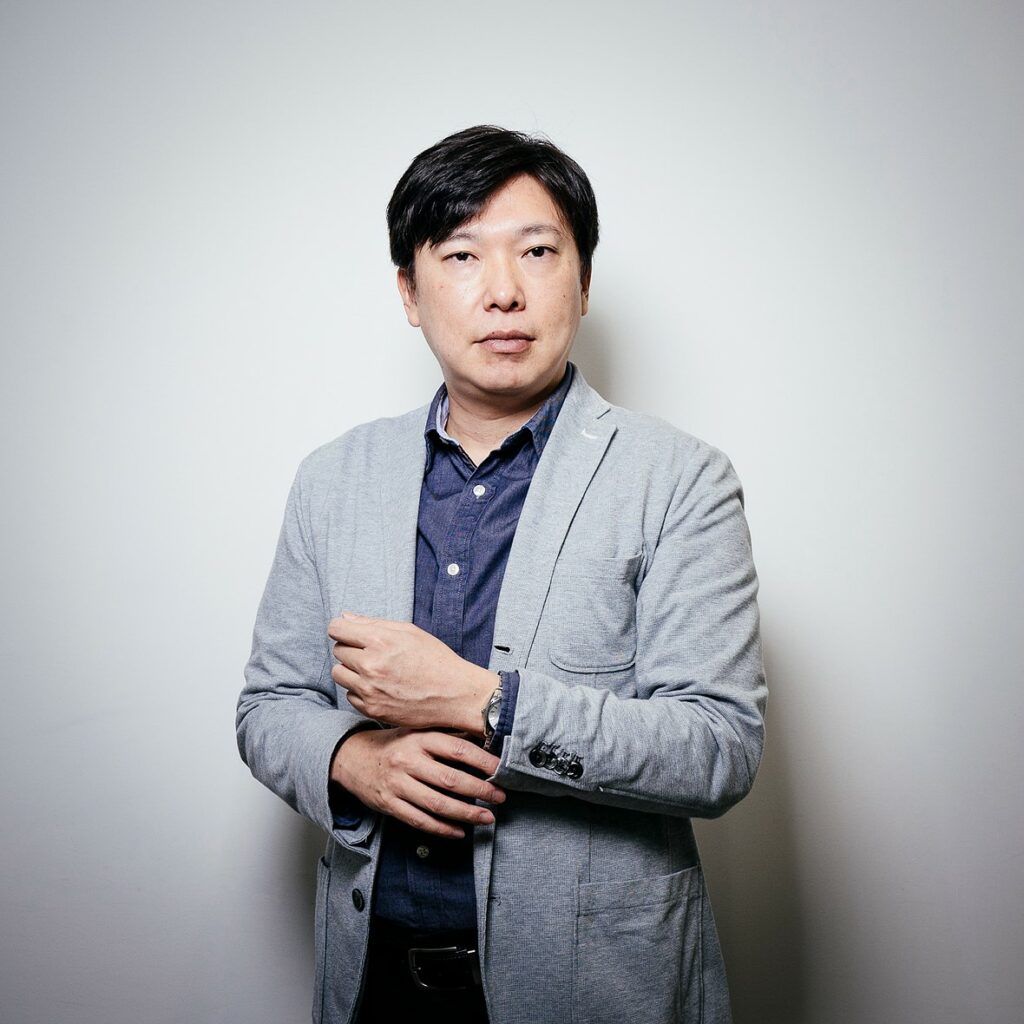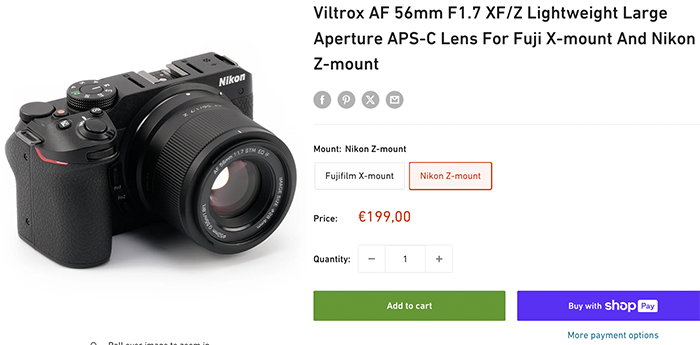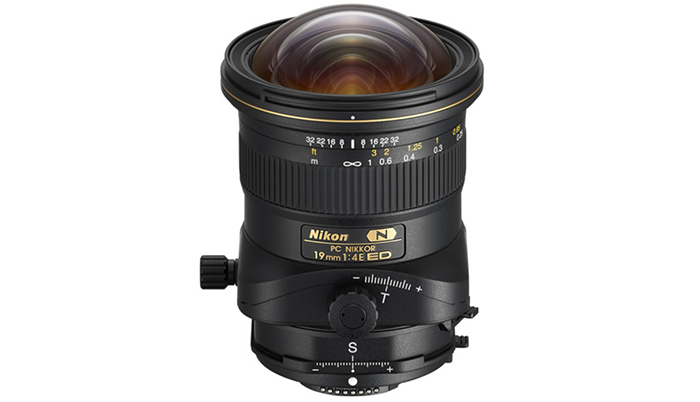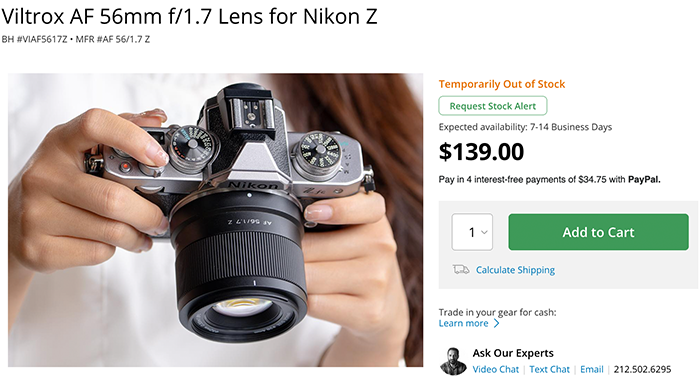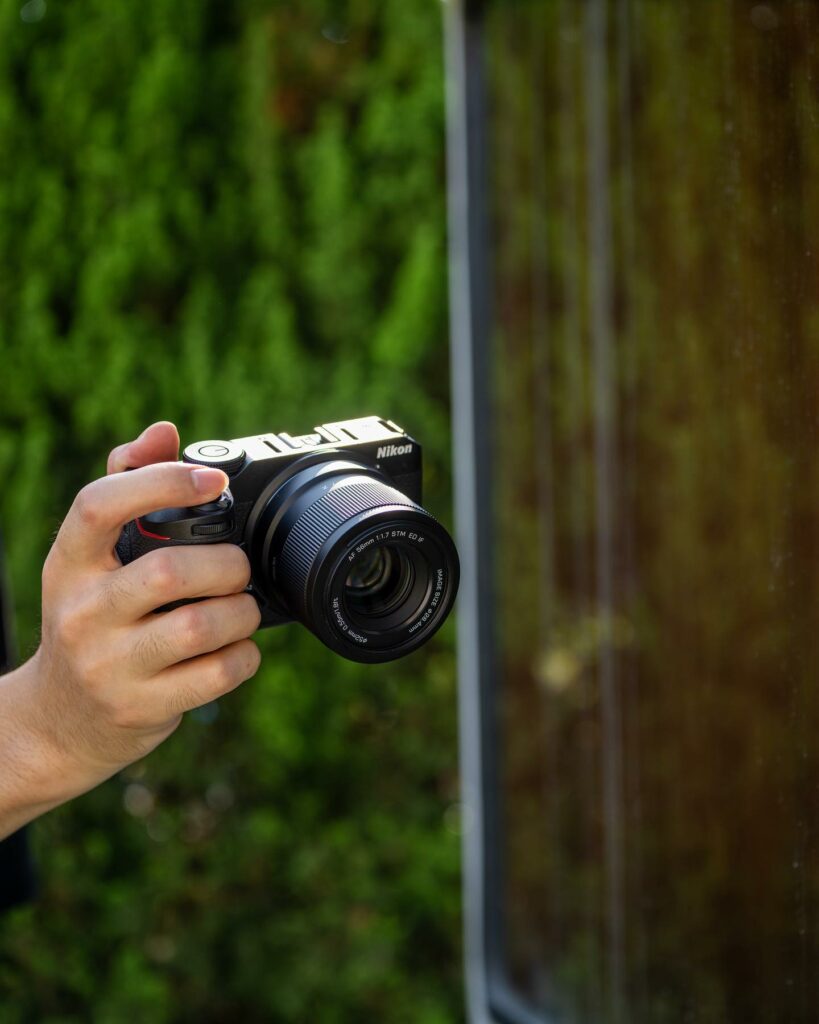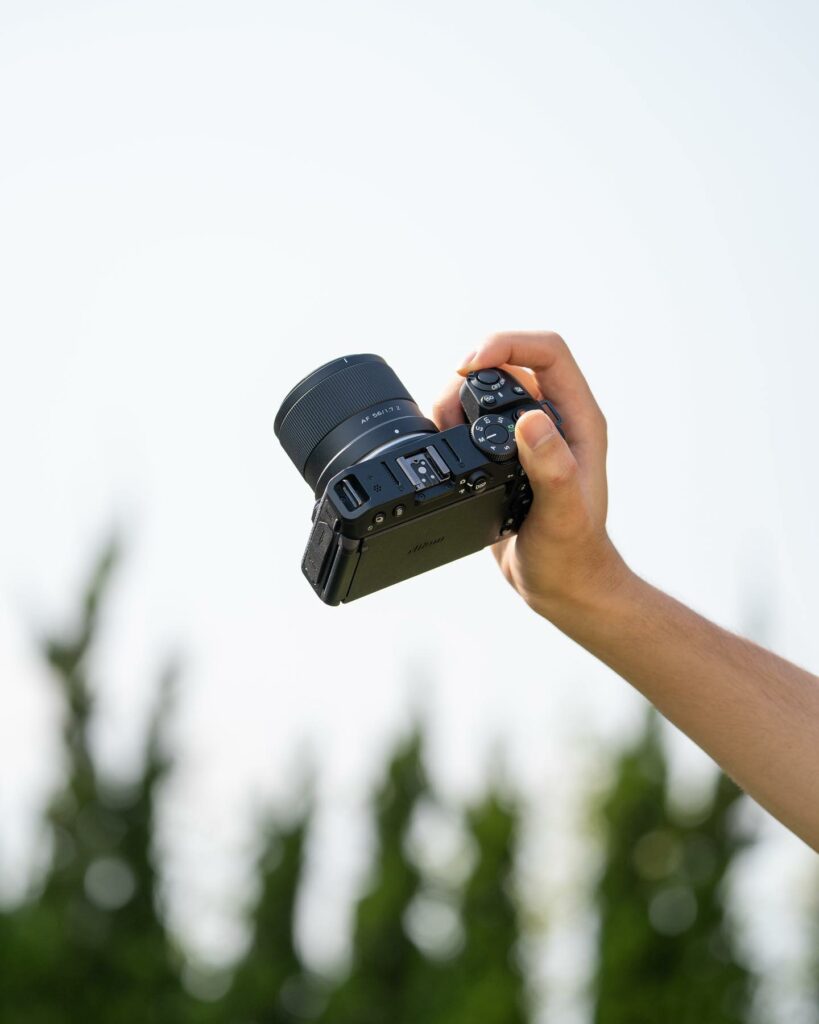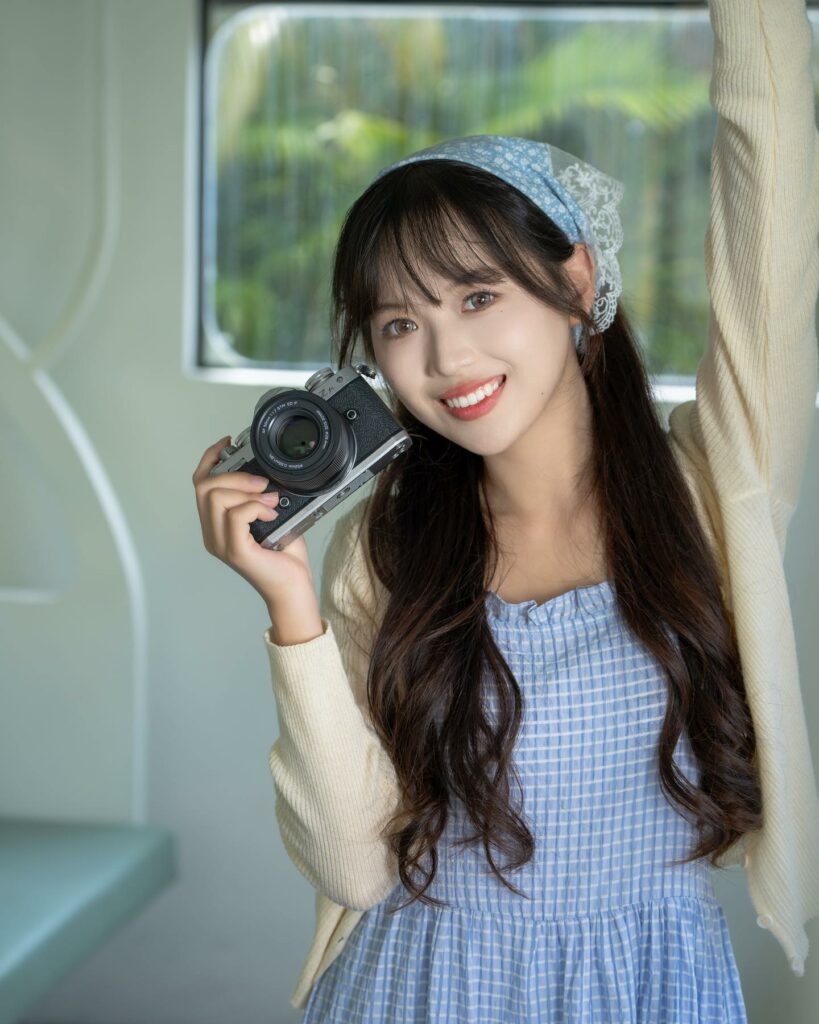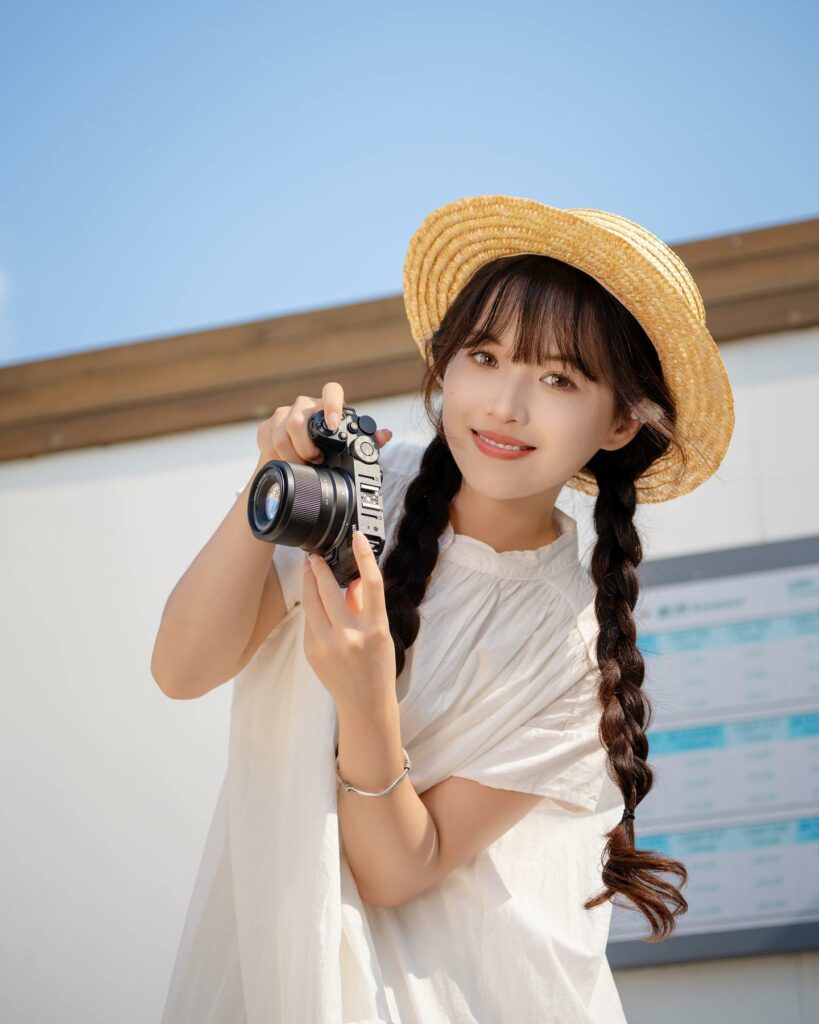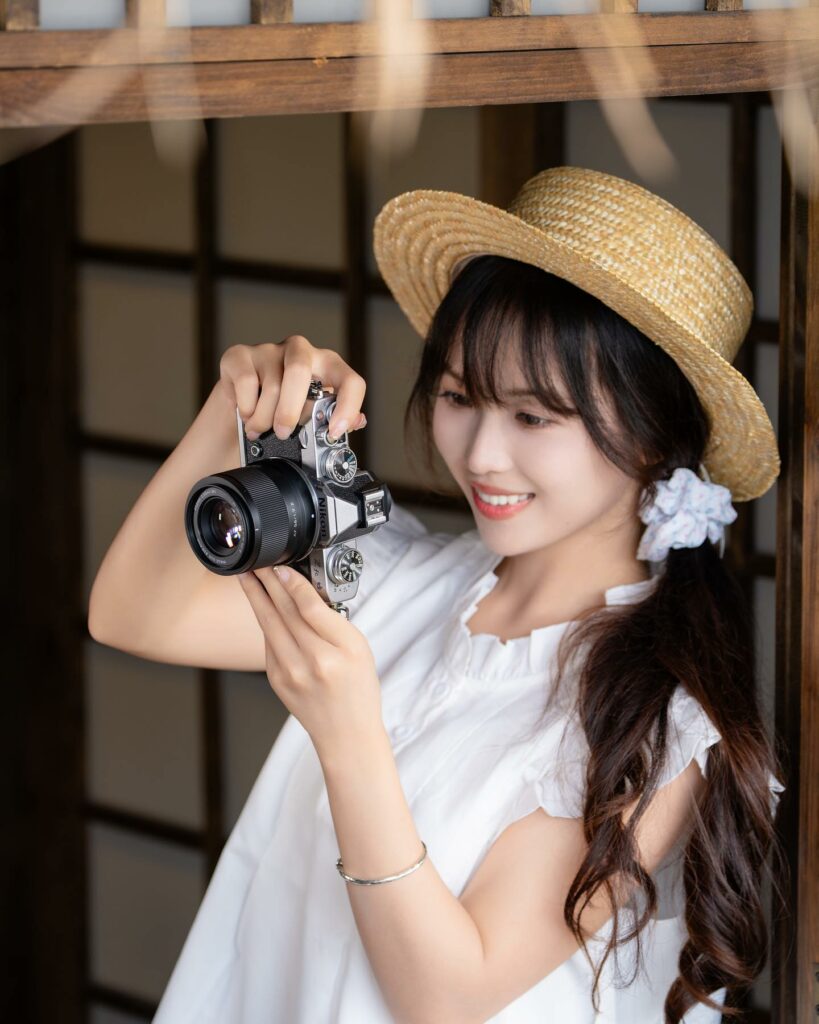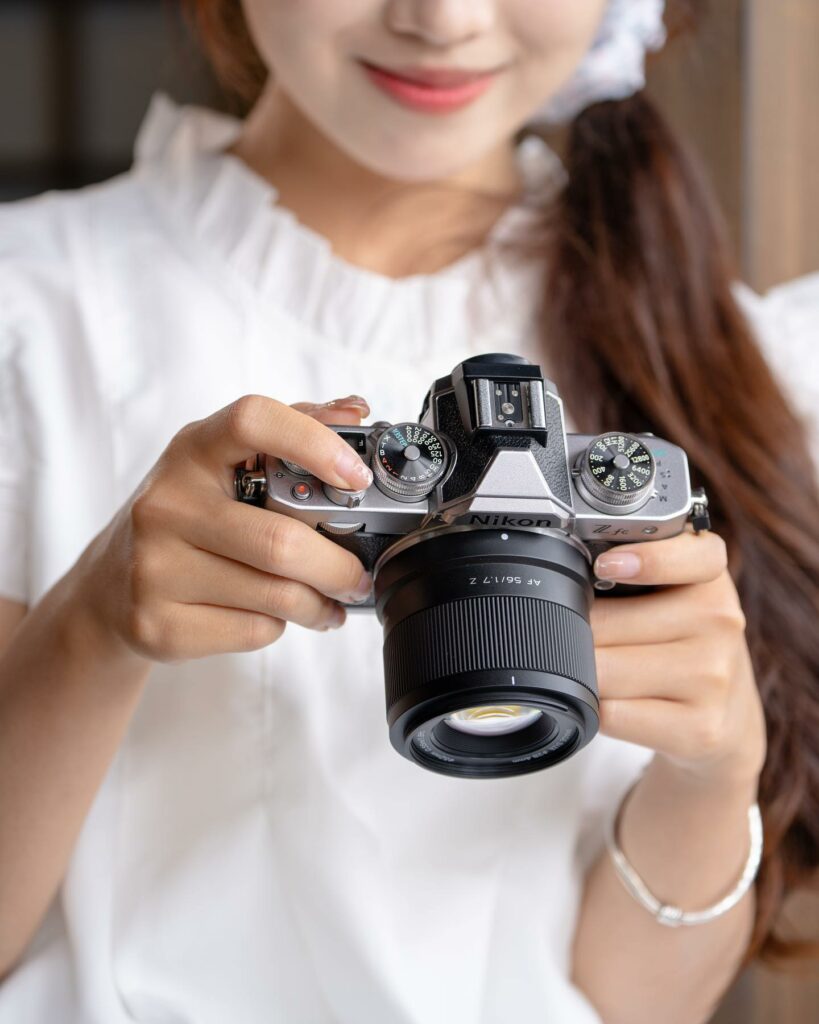Lexar announced new rugged 1Tb SD cards
The new cards will be displayed at the NAB show and be soon available for reorder on their official storefront at Amazon and BHphoto.
Press text:
Lexar’s new Rugged Series includes the ARMOR GOLD SD UHS-II V60 Card. This card offers a max read speed of 280MB/s and a max write speed of 210MB/s,1 features an IP68 rating, and supports seamless 6K video capture. The ARMOR SILVER PRO SD UHS-II V60 Card also clocks in at a max read speed of 280MB/s and delivers a write speed of 160MB/s.1 It is also rated IP68 and supports 6K video as well. In the SSD category, the ARMOR 700 Portable SSD leverages USB 3.2 Gen 2×2 to provide max read/write speeds of 2000MB/s1 and an IP66 rating lets users know that its design protects against both water and dust2 and is built to withstand up to 3-meter drops and falls.2
Reminder: The Silver Lexar cards are on discount at Amazon and BHphoto:



